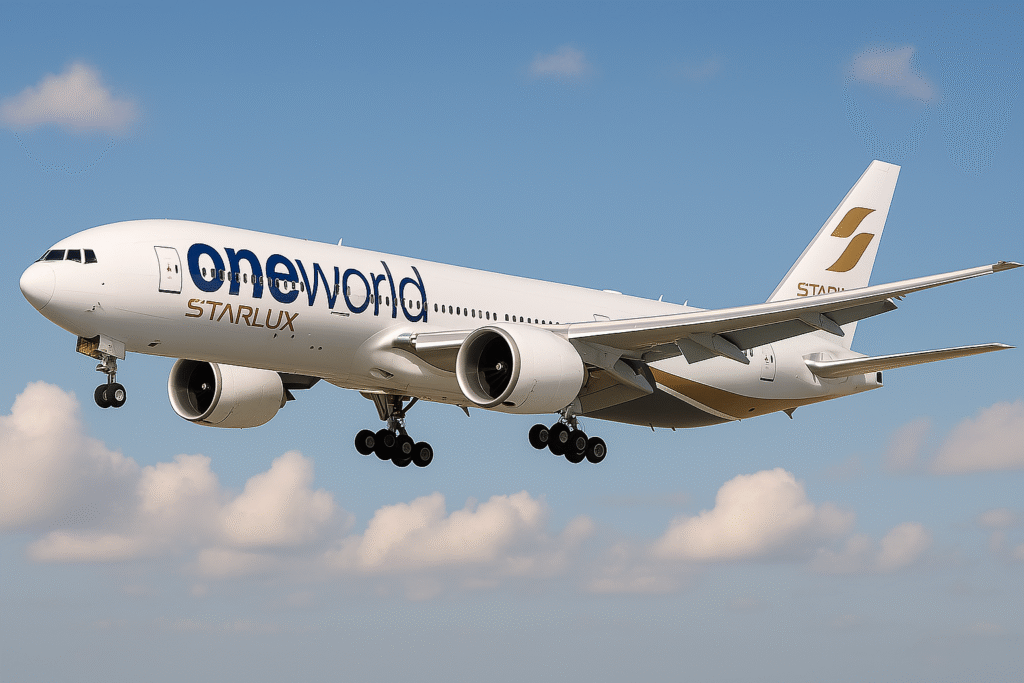
As a savvy traveler, you’ve likely used airline alliances like Star Alliance, SkyTeam, or oneworld to score cheaper flights, earn miles, or enjoy lounge access. But have you ever wondered why it takes airlines years—often two to three—to join these global networks? This behind-the-scenes process directly affects your wallet, travel options, and trip convenience. Here’s why it’s such a long haul and how it shapes your next adventure.
Hurdling Red Tape for Better Fares
Airline alliances connect carriers across borders, which means they face intense scrutiny from regulators like the U.S. Department of Transportation or the European Commission. These authorities ensure code-sharing and pricing deals don’t jack up ticket prices or limit competition. Securing antitrust immunity, which lets airlines share revenue and sync schedules, can take ages—think months or years of legal paperwork and reviews. For you, this means alliances work to keep fares affordable and destinations plentiful.
Streamlining Systems for Stress-Free Travel
Ever booked a flight with one airline, earned miles with another, and breezed through a partner’s lounge? That seamless experience takes serious tech work. Airlines must sync their systems for ticketing, baggage tracking, and loyalty programs. For example, when Qatar Airways joined oneworld in 2013, it spent nearly two years aligning with 12 other airlines to ensure glitch-free bookings and baggage handling. This effort saves you from lost bags or missed connections, making multi-airline trips a breeze.
Expanding Your Travel Options
Joining an alliance isn’t just a handshake—it’s a strategic puzzle. Airlines negotiate revenue splits, marketing plans, and routes to avoid stepping on each other’s toes. When Alaska Airlines joined oneworld in 2021, it took over two years to mesh with American Airlines and others, adding new routes without spiking fares. This process ensures alliances offer you more destinations, flexible itineraries, and better deals across their networks.
Keeping Service Consistent Across the Globe
Alliances demand top-notch service standards. A budget airline, like JetBlue eyeing oneworld, might need to upgrade its in-flight perks or check-in process to match the group’s vibe, like Star Alliance’s strict “Customer Experience Standards.” This takes time for staff training and system tweaks, but it means you get reliable service—think smooth check-ins and comfy lounges—no matter which member airline you fly.
Vetting Airlines for Dependable Flights
Before an airline joins, alliances dig deep into its finances, safety record, and customer service. This due diligence prevents flaky partners from disrupting your plans. Air India’s 2014 Star Alliance entry hit delays over service and tech concerns, requiring years of upgrades. For you, this vetting means confidence that your flights will run on time and your bookings are secure.
Testing for a Smoother Journey
Even after deals are signed, airlines test everything—ticketing, baggage systems, lounge access—to avoid hiccups. This months-long phase ensures you can book a multi-carrier trip or redeem miles without a hitch. It’s all about making your travel as effortless as possible.
Why This Matters for Your Next Trip
The long road to alliance membership pays off for travelers like us. It means more flight options, competitive prices, and perks like shared miles and lounge access. Next time you snag a deal on a multi-airline itinerary or relax in a partner lounge, know that years of work made it possible. This process keeps your trips affordable, flexible, and hassle-free, letting you focus on the adventure ahead.